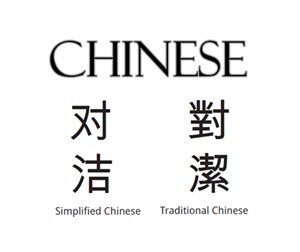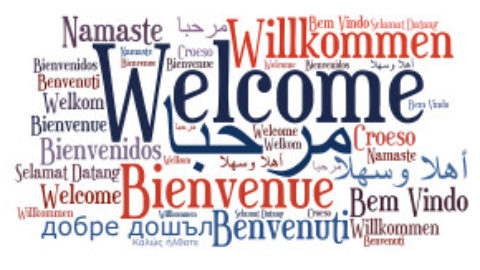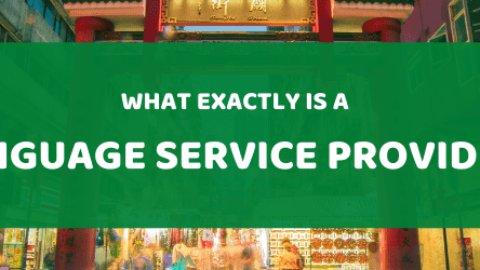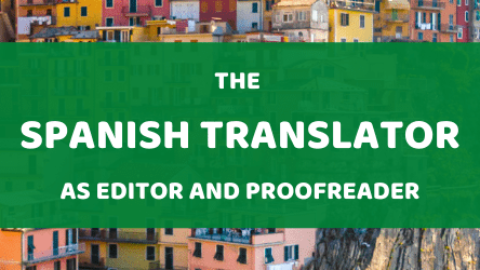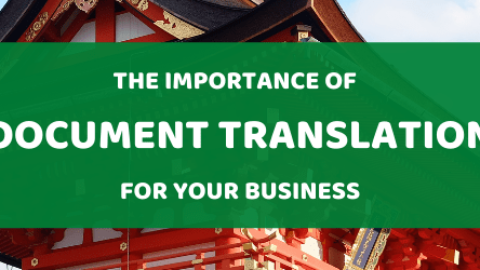When you need Chinese content translated, the choice between Simplified and Traditional Chinese is more than a cosmetic detail—it can determine how well your message resonates with your audience. This guide explains the critical differences, the regional nuances, and why professional human expertise outperforms automated tools.
Why the Writing System Matters
Chinese has two main writing systems:
- Simplified Chinese – introduced in the 1950s to increase literacy by reducing the number of strokes in many characters.
- Traditional Chinese – the classic script in use for centuries, retaining complex character forms. The modern shapes of traditional Chinese characters first appeared during the Han Dynasty, (206 BC – 220 AD) and have been more or less stable since the 5th century. There are 1,000’s of Traditional Characters.
While both systems share a common linguistic root, they are not interchangeable. A marketing brochure in Traditional Chinese may look alien to readers in Beijing, just as Simplified Chinese can appear informal or inappropriate in Taipei.
The main difference between simplified and traditional Chinese is the way that some of the characters are written. In simplified Chinese, many of the characters have been simplified by removing strokes or changing the shape of the characters. For example, the simplified Chinese character for “person” is made up of only 3 strokes, while the traditional Chinese character for “person” is made up of 5 strokes.
Where Each System Is Used
Simplified Chinese is used primarily in mainland China, where it is the official script and widely adopted across government, education, and business. Traditional Chinese is the standard in Hong Kong, Macau, and Taiwan, where the cultural preservation of the original characters is highly valued. In Singapore, Simplified Chinese is more commonly used in government and education, but Traditional Chinese still appears in media and cultural publications.
Choosing the wrong script can confuse readers, dilute your message, damage brand credibility, or even create legal complications in official documents. It’s not just about linguistic accuracy—it’s about showing respect for your audience’s language and culture.
The Limits of Machine Translation
Automated tools like Google Translate can technically switch between Simplified and Traditional Chinese, but they are far from reliable for professional use. These tools often miss cultural nuances, misinterpret multi-character idioms, and lack the updated character sets needed for specialized content. They also fail to distinguish between characters with multiple meanings, leading to ambiguity or miscommunication.
In high-stakes situations—such as legal filings, patient instructions, or academic documentation—even a minor error can result in serious consequences. This is why businesses and institutions turn to certified translation services in Philadelphia to ensure every translation is accurate, contextually appropriate, and legally compliant.
How Accurate Language Services Delivers Precision
- Context Consultation
We start by identifying your audience’s region and purpose—marketing, regulatory, academic, or technical. - Experienced Translators
Every project is matched with a specialist—whether you need a language translator in Asbury Park for a community outreach flyer or senior linguists for white‑paper localization. - Quality Assurance
Our five‑step review catches style inconsistencies, formatting issues, and subject‑matter errors before delivery.
Written Translations for Every Industry
- Legal and Government – contracts, affidavits, immigration papers
- Healthcare – informed consent, patient records, discharge summaries
- Business and Finance – product manuals, compliance documents, annual reports
- Education – transcripts, admission materials, research abstracts
Clients trust our document translation services in Philadelphia for their sensitive files, while local institutions rely on our document translation in Asbury Park for rapid turnaround on day‑to‑day paperwork.
Real‑Time Interpreting When You Need a Human Voice
For live conversations, we provide:
- Video interpretation – ideal for remote meetings that benefit from visual cues
- Over the phone interpreter access – connect in seconds to more than 200 languages, including Mandarin and Cantonese
Both options integrate seamlessly with existing call or telehealth platforms, ensuring confidentiality and compliance with industry standards.
Choosing Between Simplified and Traditional: Quick Checklist
- Target Region – Where will the materials be read or viewed?
- Industry Standards – Does the sector prefer one script?
- Cultural Sensitivity – Will readers view the wrong script as careless?
- Regulatory Requirements – Some jurisdictions mandate a specific script.
If you are uncertain, our specialists in language translation in Asbury Park will guide you toward the correct choice and ensure consistency across formats.
Your Next Step Toward Accurate Chinese Communication
Whether you need print‑ready brochures, legal submissions, or a multilingual meeting staffed by expert interpreters, Accurate Language Services has the talent and technology to help you succeed. From document translation services in Philadelphia to global video calls, we make sure every character—and every word—lands perfectly.
Contact us today to discuss your project and receive a no‑obligation quote from one of our specialists.


